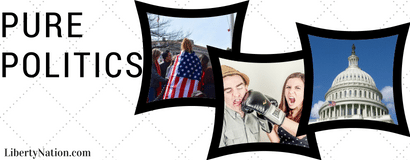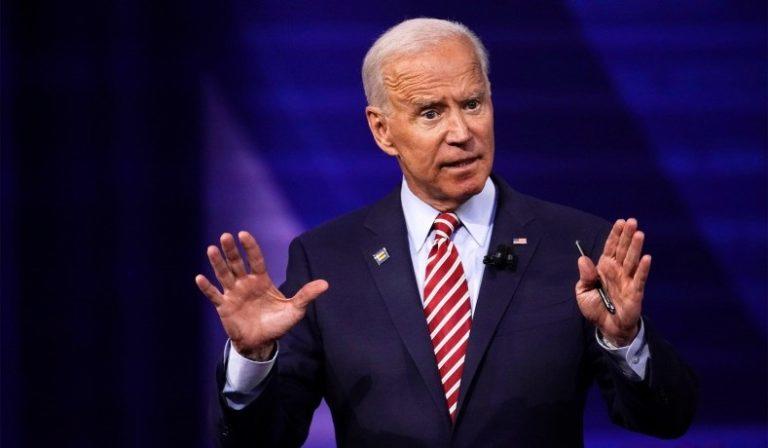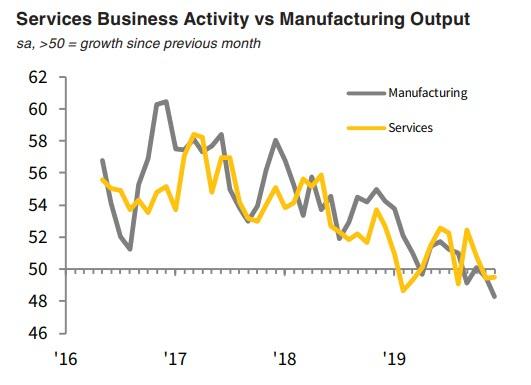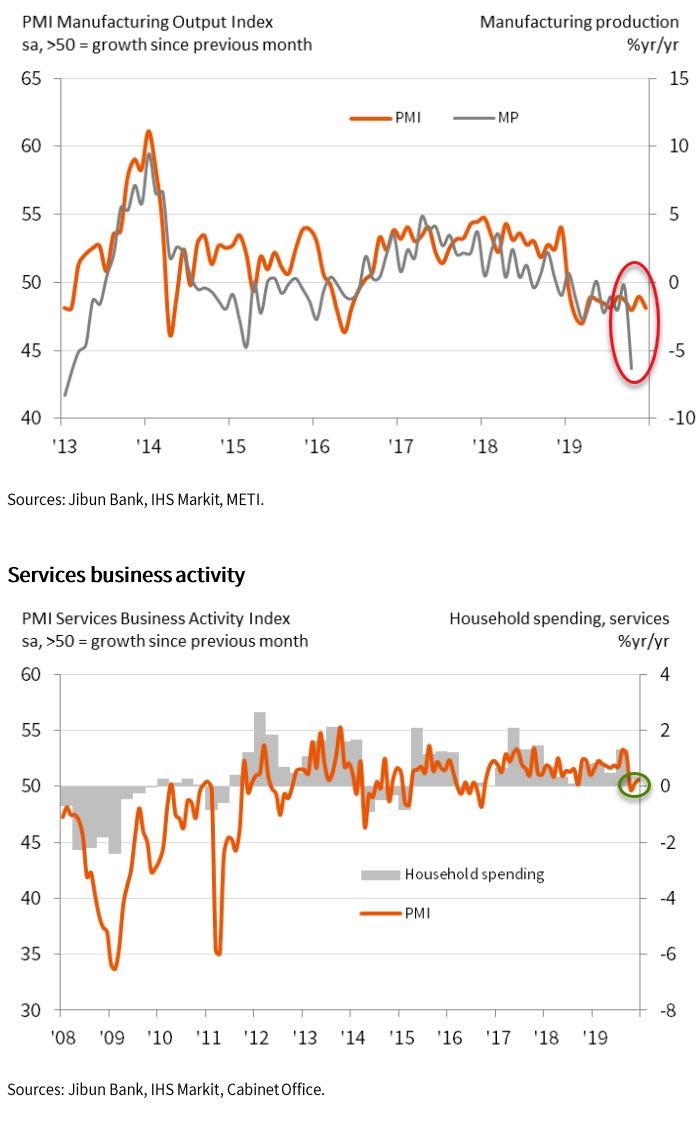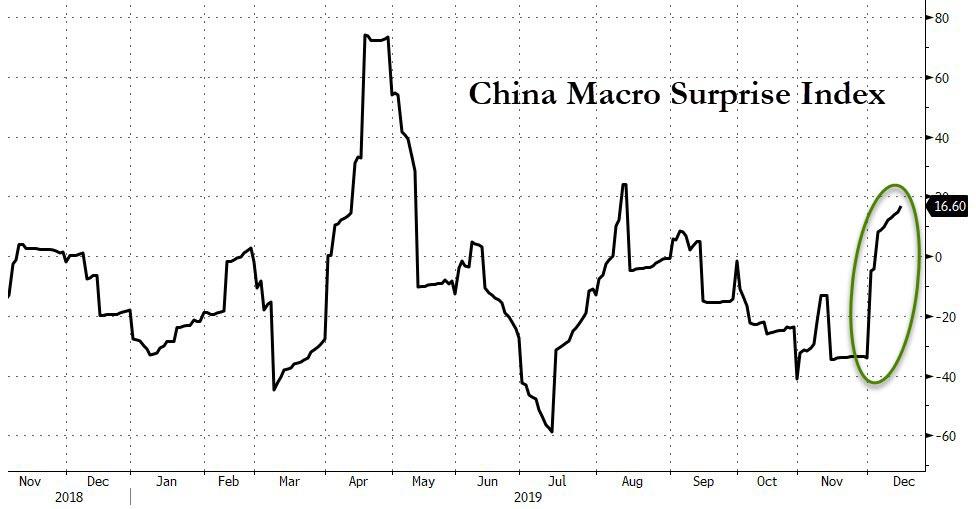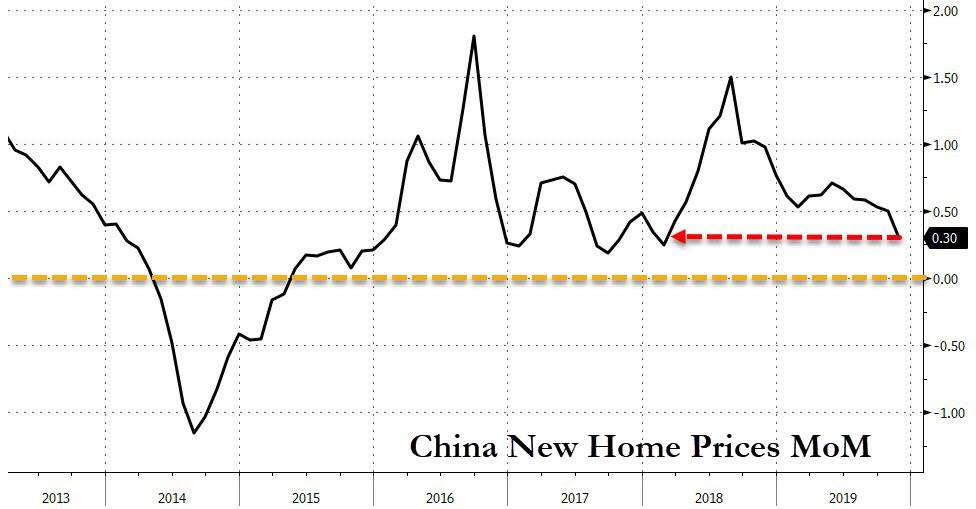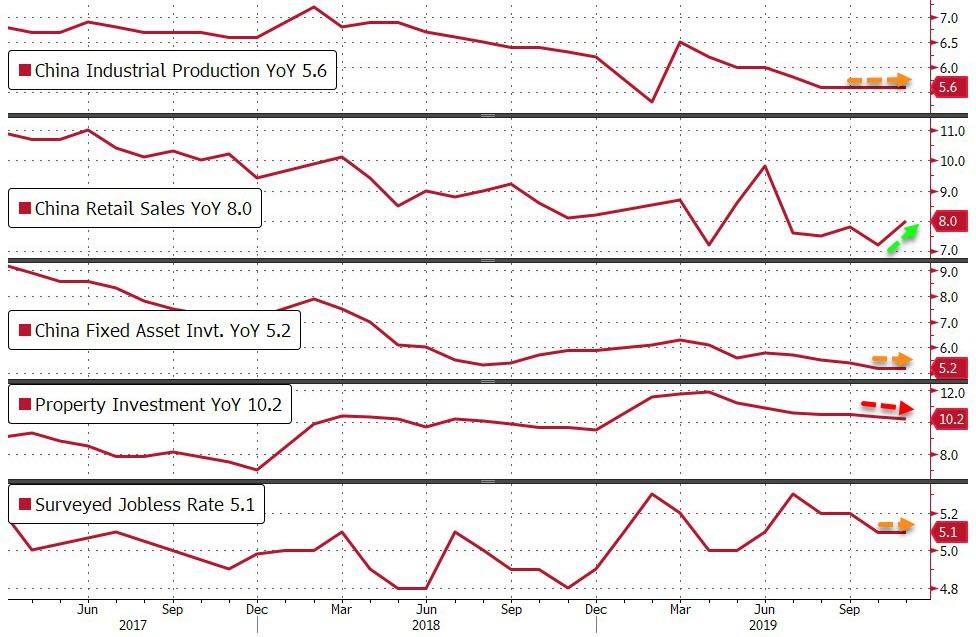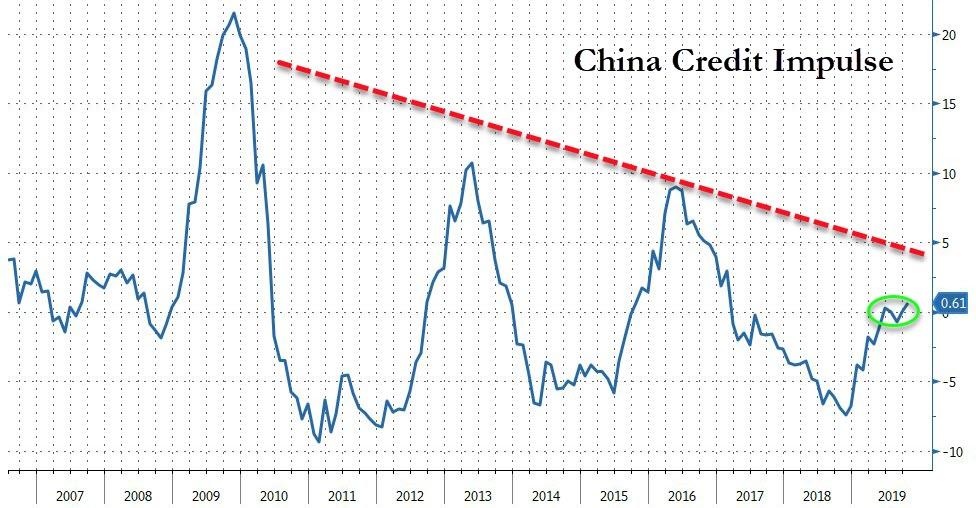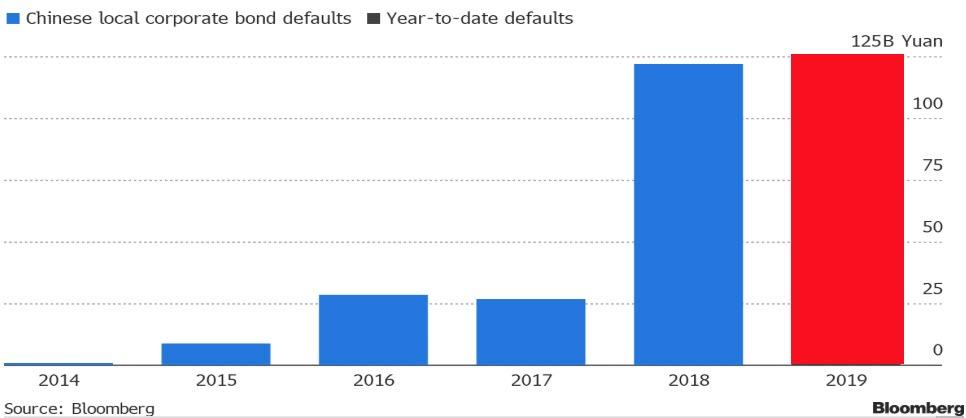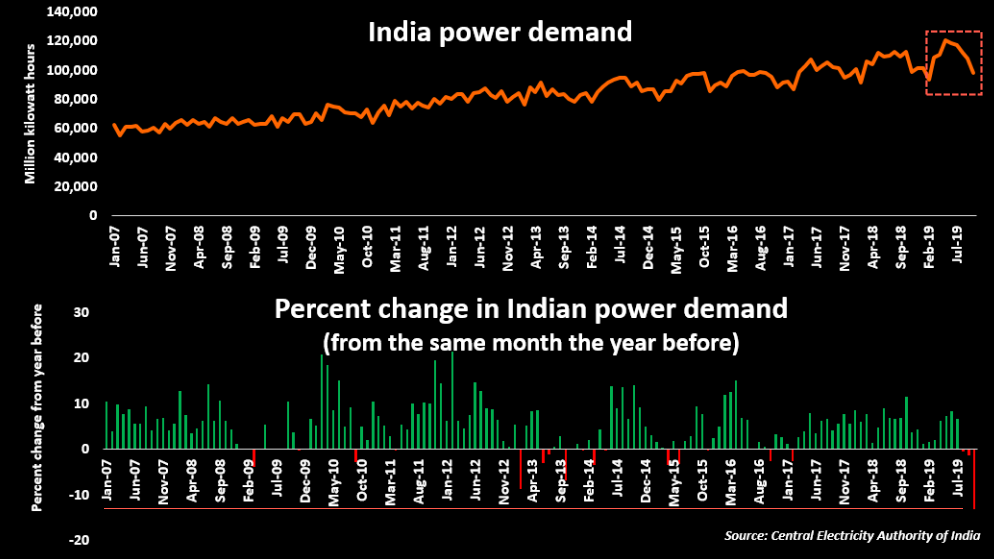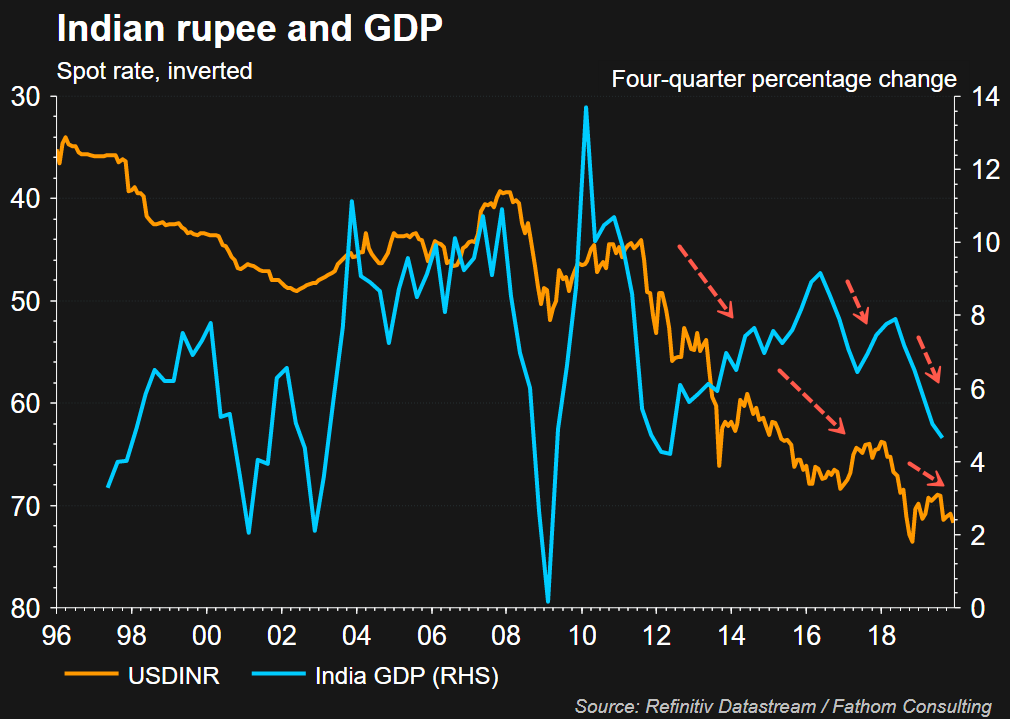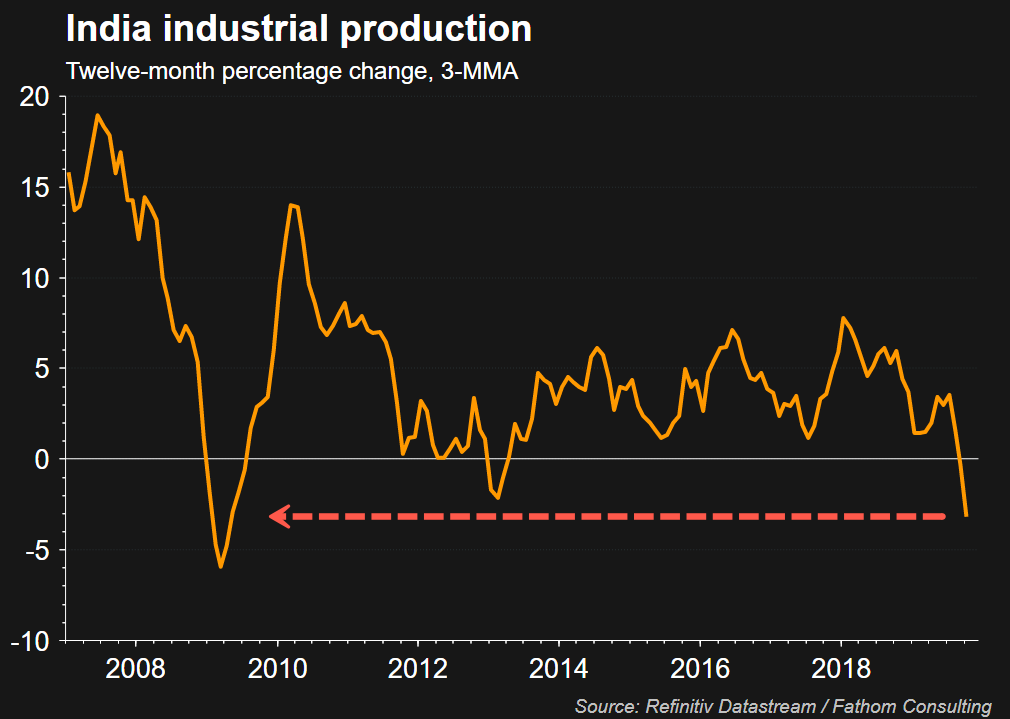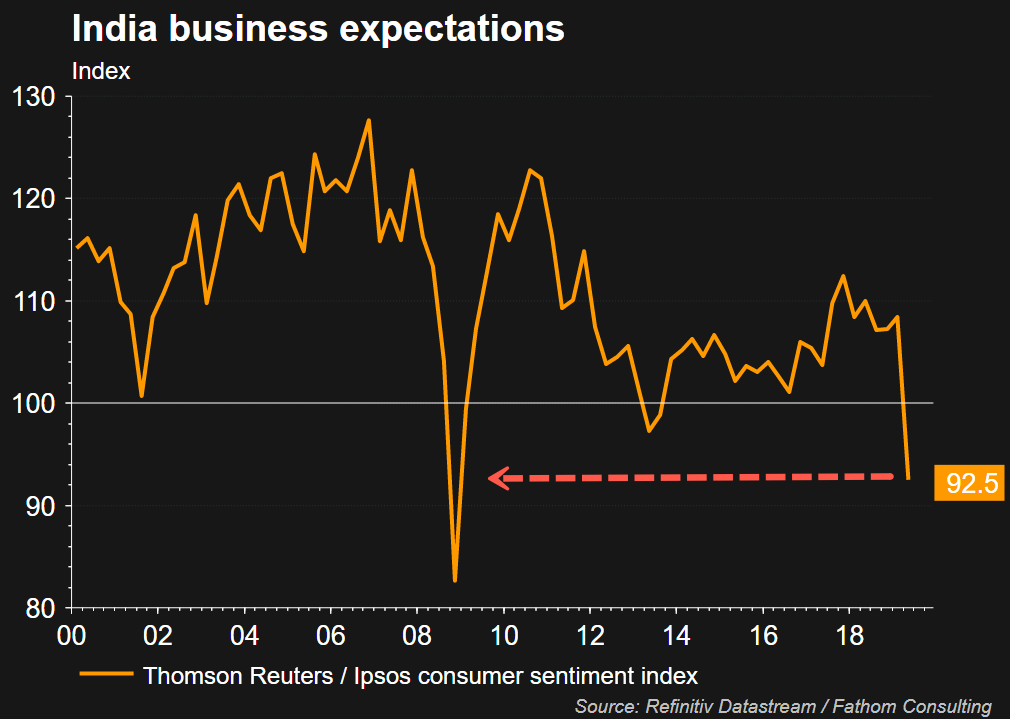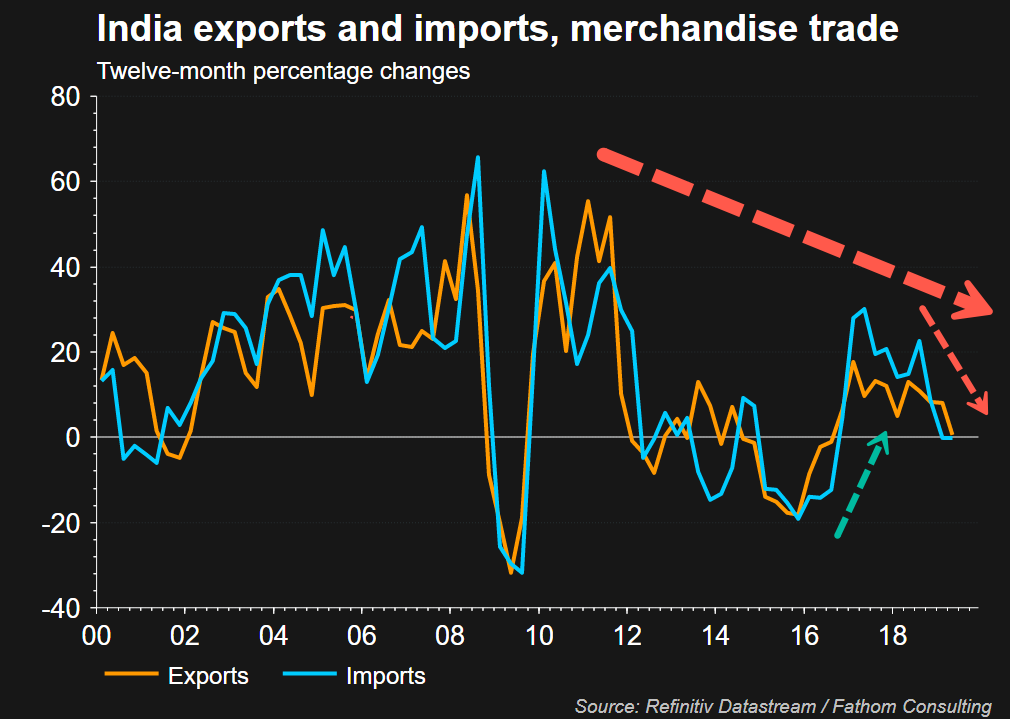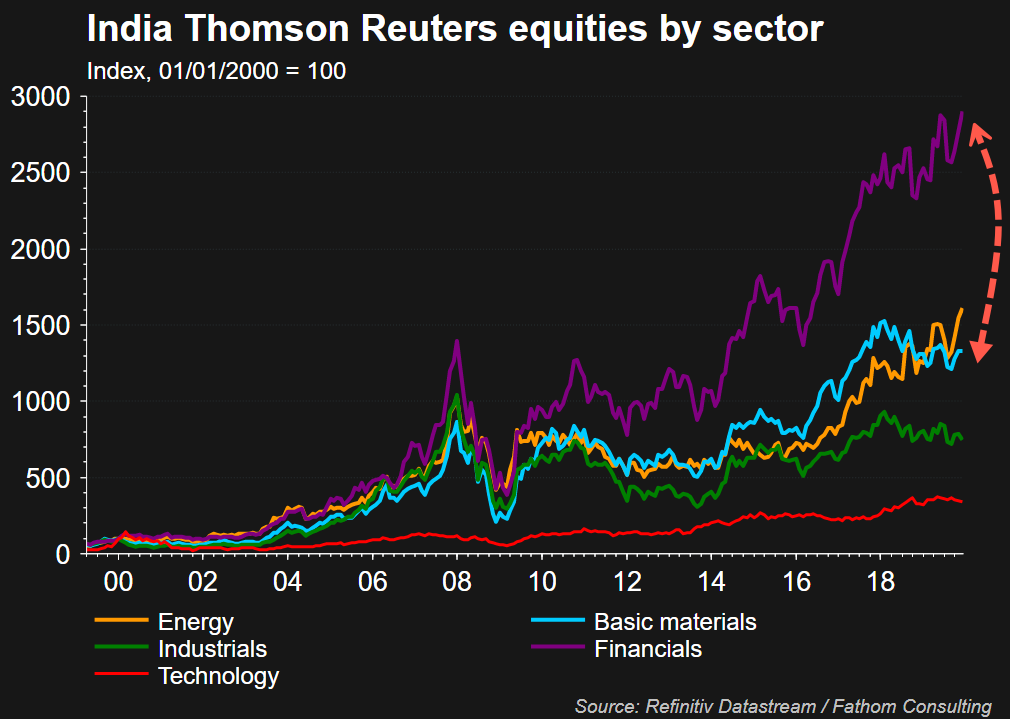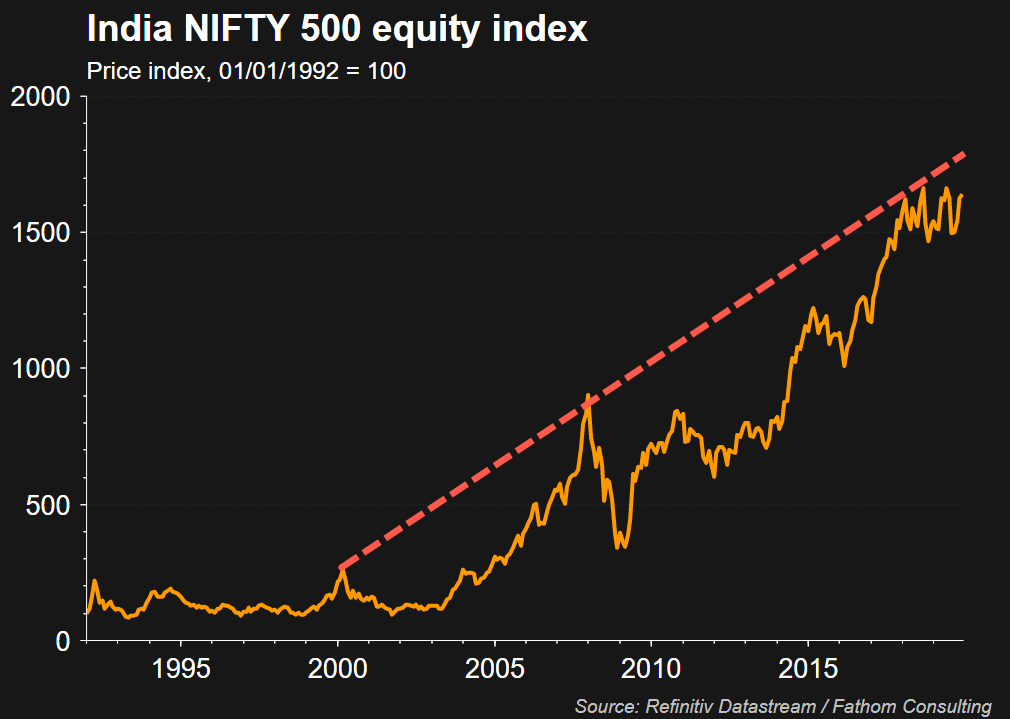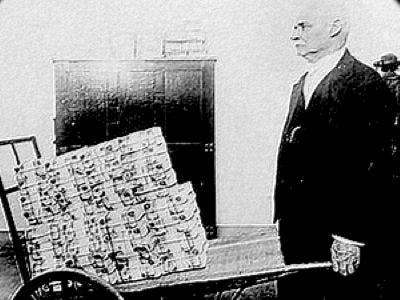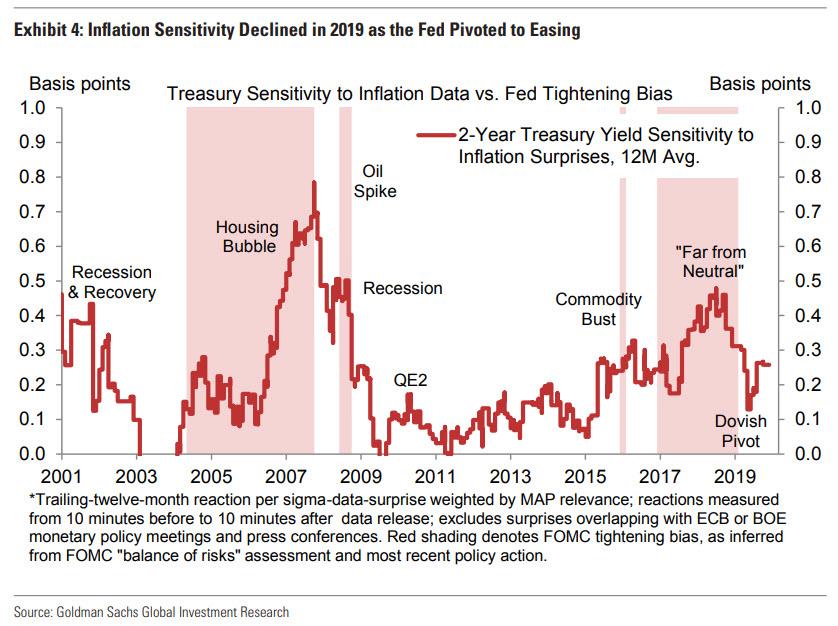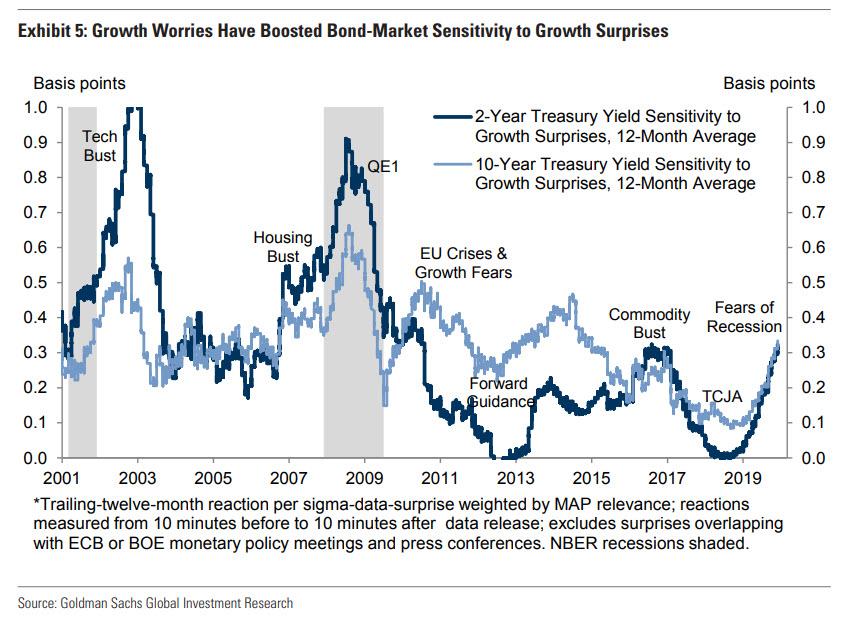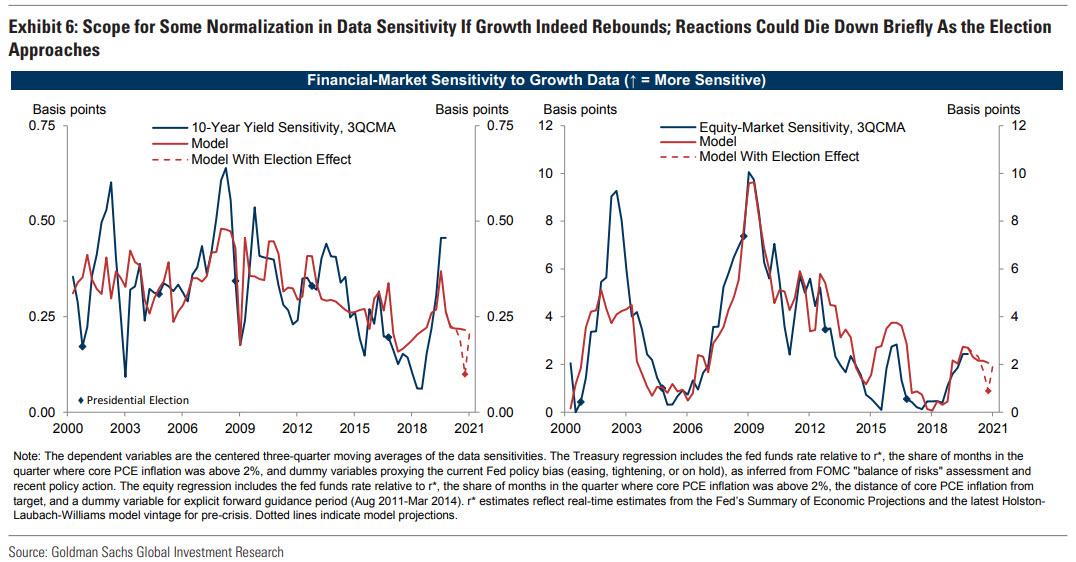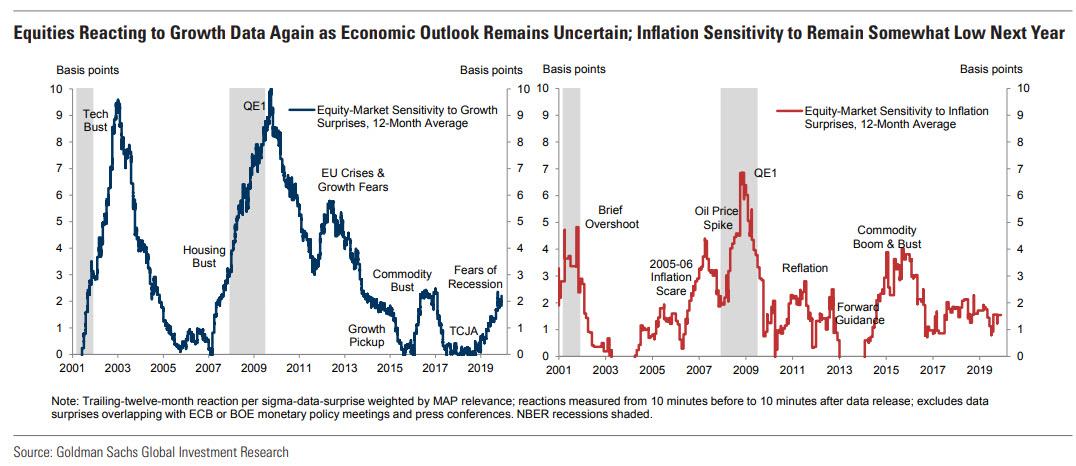On Friday, the U.S. Court of Appeals for the Sixth Circuit granted the Ohio Attorney General’s petition for rehearing en banc in Pre-Term Cleveland v. Himes, in which a divided panel upheld a district court’s preliminary injunction against an Ohio law prohibiting doctors from performing an abortion if the doctor has knowledge that the reason for the abortion is that the unborn child has (or is likely to have) Down Syndrome.
This case presents two questions that involve interesting twists on arguments over the constitutionality of state-level restrictions on abortion. The first is whether the state’s purported justification for the ban—a prohibition on disability-based discrimination—is a sufficiently strong state interest to justify limitations on abortion that cannot be justified by other interests (such as the state’s interest in unborn life or the health of the mother) that were considered in Casey. The second is whether a prohibition on performing an abortion for a specified reason, such as a Down Syndrome diagnosis, imposes an “undue burden” on the abortion right.
The answers to these questions will certainly affect the extent to which states may limit abortion. For instance, if the assertion of state interests not considered by the Supreme Court in Casey allows for the imposition of abortion restrictions beyond those contemplated in Casey (and subsequent cases), then anti-abortion states will be encouraged to identify additional such interests to justify additional abortion limits (as well as to enact laws that parallel the Ohio statute).
The first question calls upon the court to (re)consider the meaning of Casey. Is the “undue burden” standard an absolute, across-the-board standard for the evaluation of abortion restrictions? Or is the “undue burden” standard merely the test to be applied to abortion restrictions adopted for the purposes of protecting unborn life? Put another way, if a state can identify another interest that is sufficiently compelling, does this mean it can impose restrictions on pre-viability abortion that would otherwise constitute an “undue burden”? (Indeed, if the interest is sufficiently compelling, then perhaps any burden imposed would not be “undue” in relation that interest.)
Even if the Sixth Circuit does not accept the argument that state interests not considered in Casey may justify additional limits on abortion, there is another interesting question about how to conceive of a prohibition on performing abortions for specified reasons prior to viability. On the one hand, the Supreme Court in Gonzales v. Carhart held that the prohibition of one particular method of abortion did not constitute an “undue burden” on the abortion right, in part because the law left other abortion methods available. On the other hand, for a woman seeking to terminate a pregnancy because of a Down Syndrome diagnosis, the Ohio law would seem to impose a complete prohibition on this woman’s ability to obtain an abortion, even prior to viability. Such a “ban” would seem hard to square with even a highly constrained interpretation of Casey, and thus would likely be deemed unconstitutional. (It is true that in such cases a woman could seek an abortion without telling the abortion provider of the reasons why—or perhaps even lying about it—but I do not think that possibility is likely to play a large role in the analysis.)
Depending on how this case is resolved in the Sixth Circuit, these issues could end up in the Supreme Court—but perhaps not as quickly as one would think. How quickly may depend, in part, on what the Court decides in June Medical Services v. Gee, another abortion which the Court is hearing this term and is likely to decide in late June. (Indeed, I would not be surprised if the Sixth Circuit waits to issue a decision Pre-term until June Medical is decided.)
This past Spring the Supreme Court denied certiorari in a case concerning an Indiana law that also prohibits abortion due to Down Syndrome (among other characteristics). If the Sixth Circuit panel’s decision is upheld en banc, Ohio will certainly seek certiorari, but in the absence of a circuit split it’s anyone’s guess whether four justices on the current Court would want to take the case. (Justice Thomas wrote separately, but only for himself, arguing that Indiana’s law advanced its “compelling interest in preventing abortion from becoming a tool of modern-day eugenics,” an argument echoed by the State of Ohio).
If Ohio prevails before the en banc court, however, we will have a circuit split between the Sixth and Seventh Circuits over the constitutionality of these sorts of abortion restrictions. This would present abortion rights advocates with a difficult choice. Given the circuit split, a petition for certiorari would very likely be granted, but it would also present the Supreme Court with an opportunity to narrow or alter Casey in significant ways. Were such a petition not filed, not only would the law remain in force in Ohio, but equivalent laws would likely be adopted in additional states, and anti-abortion states would almost certainly seek certiorari were any of those laws to be struck down in other circuits.
One other possibility to consider is that the en banc Sixth Circuit could rule against the district court’s injunction without fully deciding whether the Ohio law is constitutional under Casey. Because of the procedural posture of the case, some judges might conclude that the district court (and the panel) applied the wrong analysis in enjoining the law, which would justify a remand to the district court for further consideration. For example, some judges might conclude that Casey does not preclude states from asserting interests other than that of unborn life or the health of the mother to justify restrictions on abortion, and therefore the district court needs to decide, in the first interest, whether the Ohio has asserted a compelling interest and whether this law is narrowly tailored advance that interest. Such a decision might be seen as ducking the issue, to be sure, but this would hardly be the first case in which judges sought to avoid deciding more than necessary in an abortion case.
from Latest – Reason.com https://ift.tt/2PMtSQp
via IFTTT


